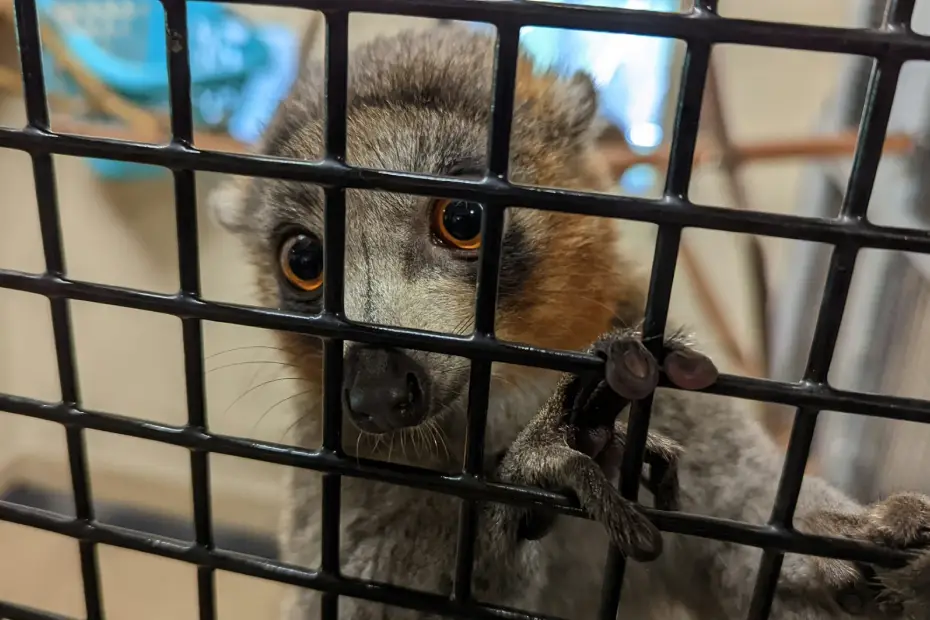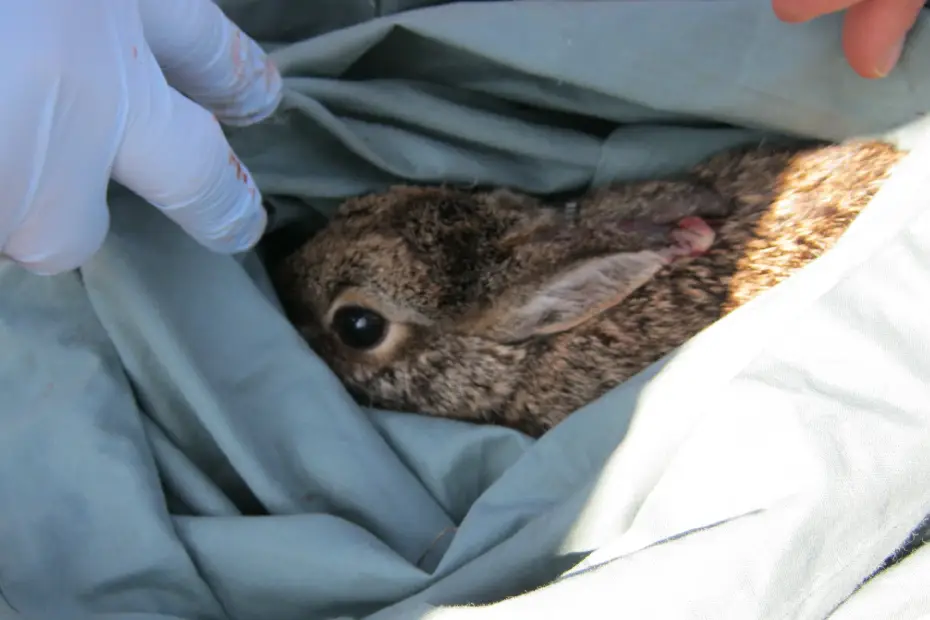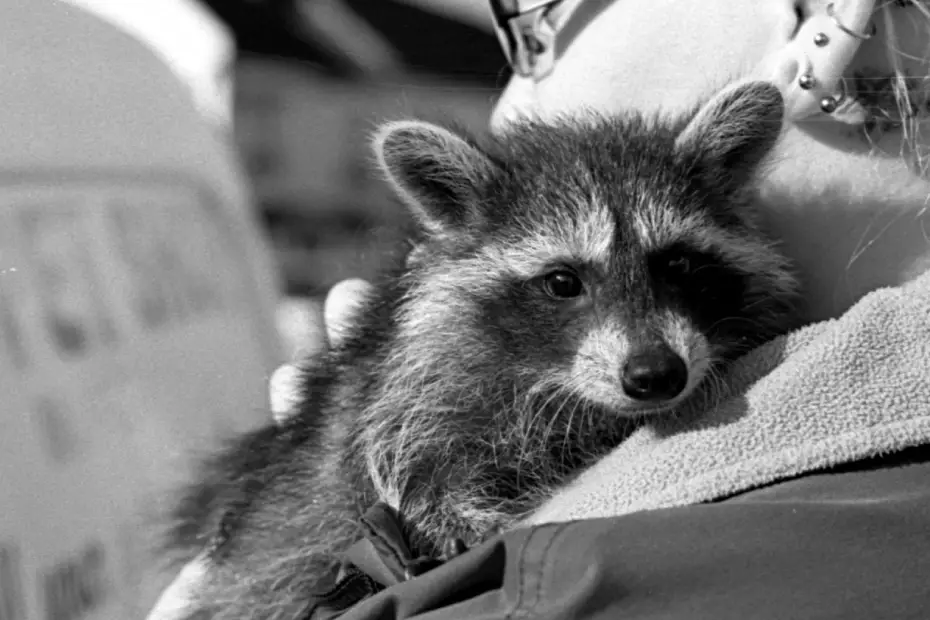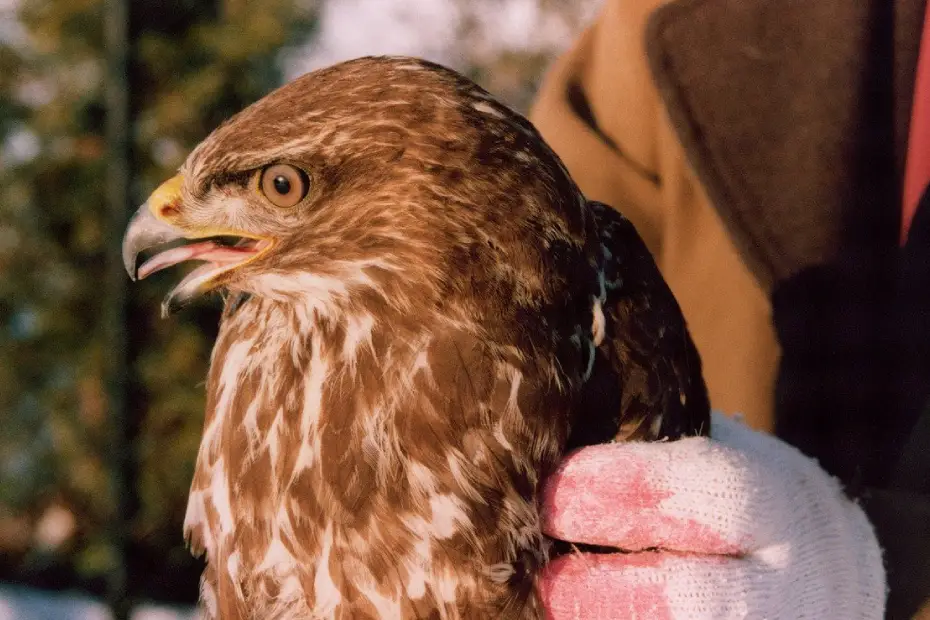Table of Contents
The wildlife rehab center is already bustling with activity even though the sun has barely broken the horizon. Caring professionals and volunteers are providing care for a wide range of patients, including injured hawks and abandoned fawns, each with their own special needs and tale to tell. Introducing a day in the life of a wildlife hero, where knowledge and empathy come together to provide these creatures a chance to survive in the wild.
The Morning Rush at the Wildlife Rehab Center
A wildlife rehabilitation center’s mornings are a flurry of activity. Every patient is given a thorough examination at the start of the day to make sure their conditions are stable and they are comfortable. Medication is given, food is prepared and served, and cages are carefully cleaned. Every step of this meticulously choreographed dance is intended to give the animals the finest care possible.
It is not uncommon to have newcomers. Every new patient brings about a flurry of activity, whether it’s an injured owl discovered by the roadside, a newborn squirrel that fell from its nest, or a turtle struck by a car. A comprehensive examination is part of the intake procedure to determine the severity of any illnesses or injuries. The best course of action for each species is decided by staff members, who frequently have years of experience in wildlife rehabilitation, depending on whether the animal needs emergency medical attention, specialized care, or just a secure place to recover.
Common Wildlife Patients:
- Birds: Hawks, owls, songbirds, waterfowl
- Mammals: Squirrels, raccoons, opossums, deer, foxes, bats
- Reptiles: Turtles, snakes, lizards
Every species has different needs and demands different kinds of care. The personnel at a wildlife rehabilitation facility are prepared to manage a wide range of situations, from hand-feeding abandoned fledgling birds to giving fluids to exhausted reptiles.
A Wildlife Hero’s Daily Challenges and Rewards
A wildlife rehabilitator is not someone who should be taken lightly. It’s a physically and mentally taxing profession that calls for compassion and steadfast dedication. Managing seriously ill or injured animals, observing the hard reality of wildlife existence, and coming to terms with the unavoidable death of certain patients are just a few of the difficulties.
In spite of the difficulties, there are numerous benefits. Wildlife heroes find their enthusiasm fueled by experiences like as seeing an injured hawk take to the skies again, releasing a recovered fawn back into the forest, or just watching an orphaned animal flourish under their care. It is very amazing the affinity that develops between people and animals in these environments.
The foundation of a wildlife rehabilitation center is teamwork. Everyone is essential to the rehabilitation process, from volunteers to veterinarians. Working together and communicating effectively are essential to providing each animal with the best care possible. The staff members exhibit a strong sense of camaraderie, which is fostered by their shared sense of purpose and collaborative satisfaction upon successful releases.
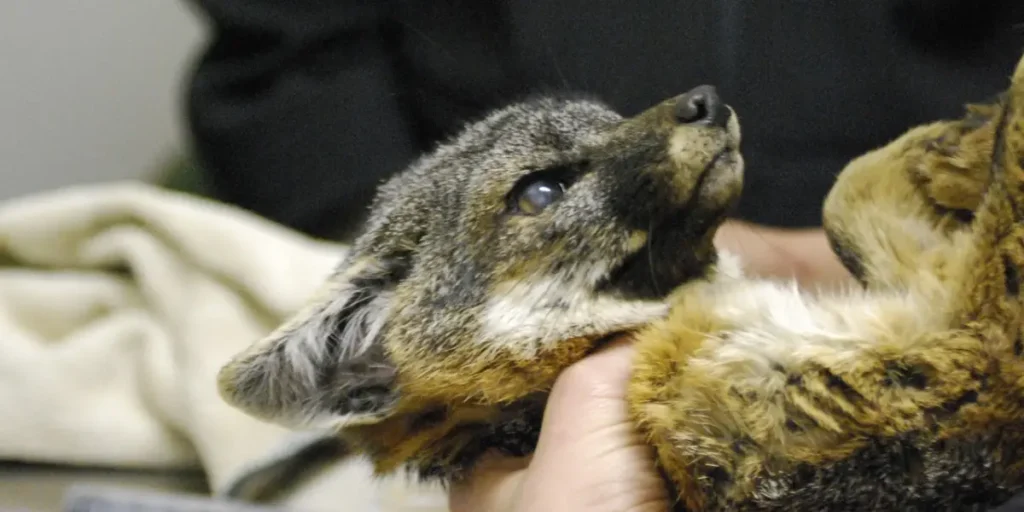
Specialized Care for Different Species
The rehabilitation of wildlife is not a one-size-fits-all endeavor. Because every species is different, they all need different kinds of care and attention. A rehab center’s amenities, which are made to resemble the many animals’ native habitats, reflect this diversity. Every element, from roomy aviaries for raptors to calm, low-light chambers for nocturnal creatures, is thought out to provide a cozy and therapeutic atmosphere.
The tools and methods employed also change based on the species. For example, a veterinarian might make a specific formula for hand-feeding orphaned baby squirrels, and use X-rays to determine a fracture in the bird’s wing. Beyond providing medical treatment, the staff’s knowledge of various species’ behavioral requirements allows them to ensure that animals are ready for a successful return to the wild.
Examples of Specialized Care:
- Birds: Bandaging broken wings, tube-feeding, flight conditioning
- Mammals: Bottle-feeding orphaned babies, treating wounds, providing enrichment
- Reptiles: Administering fluids, treating shell injuries, providing heat lamps
In order to give their patients the best treatment possible, wildlife rehabilitators are always learning new things and changing with the times. They also keep up with the latest research and procedures. It is evidence of their commitment to and love for protecting wildlife.
The Role of Volunteers in Wildlife Rehabilitation
The unsung heroes of wildlife rehab facilities are the volunteers. Their unwavering devotion and hard work are crucial to the efficient running of these institutions. Volunteers help in many ways, from making meals and cleaning enclosures to helping with animal care and other administrative support.
Volunteers can assist with a variety of jobs, depending on their background and abilities. While some people can find joy in working behind the scenes, others might prefer engaging directly with the animals. Volunteers, in whatever capacity, obtain a unique perspective on the joys and problems associated with animal rehabilitation.
How to Become a Volunteer:
- Contact your local wildlife rehab center and inquire about volunteer opportunities.
- Attend an orientation session to learn about the center’s policies and procedures.
- Complete any necessary training or certifications.
- Commit to a regular schedule, if possible.
One fulfilling way for people to positively impact animals’ lives is by volunteering at a wildlife rehabilitation facility. It’s also a chance to meet people who share your interests, learn about various animals, and acquire useful skills.
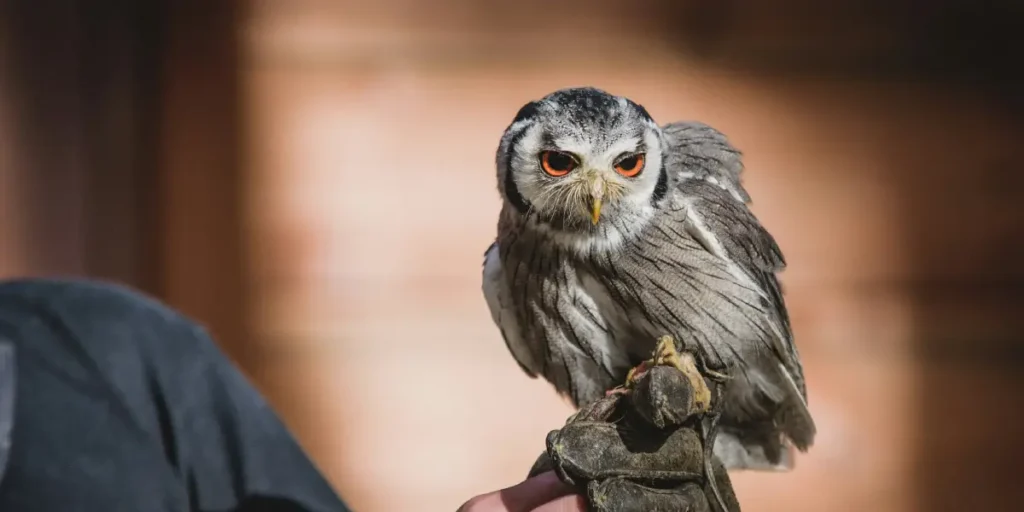
The Importance of Community Support for Wildlife Rehab Centers
Wildlife rehabilitation facilities mostly rely on community support to carry out their essential task. The majority of centers run as nonprofit institutions, depending on grants, contributions, and fundraising activities to pay for day-to-day operations. These expenses, which can include meals, medical supplies, equipment, and facility upkeep, quickly add up.
There are several ways that the community can help their nearby wildlife rehabilitation center:
- Financial Donations: Monetary contributions, no matter how small, can make a significant impact.
- In-Kind Donations: Donating goods like food, toiletries, or cleaning supplies can help cut costs.
- Volunteer Time: Offering your time and skills as a volunteer is a valuable contribution.
- Fundraising: Putting on or taking part in fundraising activities can bring in much-needed money.
- Spreading Awareness: You can help spread the word about the center’s work on social media and in your neighborhood to increase support and awareness.
The success of wildlife rehab centers depends on the collective efforts of the community. By working together, we can ensure that these vital organizations continue to provide a lifeline for injured and orphaned wildlife.
Conclusion
A committed group of experts and volunteers toils diligently behind the scenes at a wildlife rehabilitation facility in order to heal injured wings, care for abandoned pups, and offer needy creatures a second opportunity. Their efforts serve as a living example of the strength of kindness and the steadfast dedication to wildlife preservation.
Every moment spent at a wildlife rehabilitation facility is meaningful, from the hectic morning routine to the peaceful moments of contemplation at the end of the day. It’s a location where perseverance in both humans and animals flourishes in the face of hardship.
If the work of wildlife rehabilitators inspires you, think about finding out more about your neighborhood wildlife rehab facility and how you may become involved. Every effort matters, whether it’s through financial support, raising awareness, or giving of your time. By working together, we can make sure that wildlife and the brave people who give their lives to protect them have a better future.
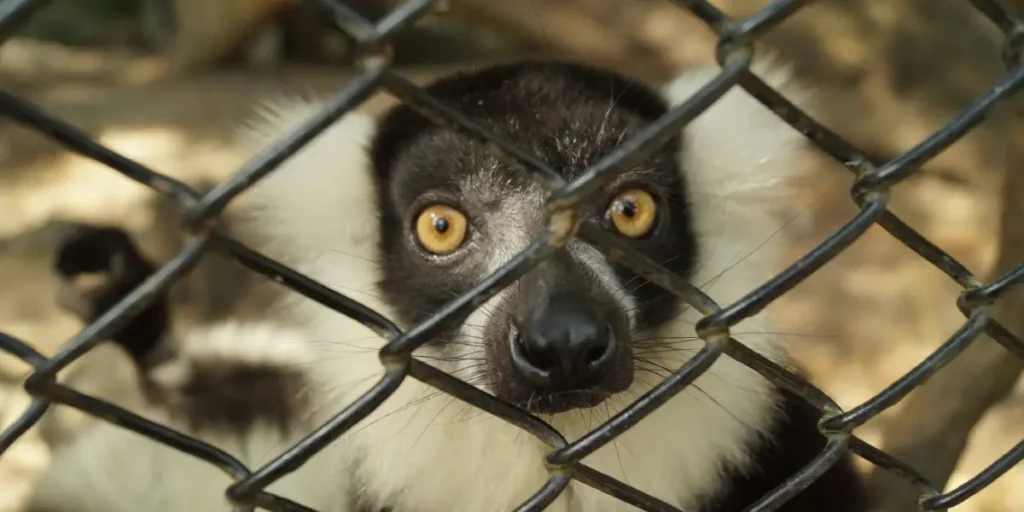
Additional Insights into the World of Wildlife Rehabilitation
To provide a more comprehensive understanding of wildlife rehabilitation, let’s address some frequently asked questions and explore related topics:
Q: What are some of the most common injuries or illnesses that wildlife rehabilitators see?
A:Depending on the species and the area, different injuries and illnesses can occur. All the same, here are a few typical cases:
- Trauma: Head injuries, internal bleeding, and fractures from hitting glass or cars
- Orphaned young: Young animals that, for a variety of reasons, are taken from their mothers
- Exposure to poisons like lead or pesticides can result in poisoning.
- Diseases: Parasites, infections, and other ailments
Q: How do wildlife rehabilitators decide when an animal is ready to be released back into the wild?
A: In order to provide the animal the best chance of surviving, the release procedure is thoroughly examined. Among the factors taken into account are:
- Physical condition: The animal must be completely recovered and able to hunt, gather food, and protect itself.
- Behavioral health: The animal has to display its innate instincts and behaviors in order to survive.
- Suitability of habitat: There must be enough food, water, and shelter at the release site.
Q: What are some of the ethical considerations involved in wildlife rehabilitation?
A: Important ethical issues are raised by wildlife rehabilitation, including:
- When is it appropriate for humans to get involved in a wildlife’s natural processes?
- Animal welfare: How can the welfare of creatures kept in captivity be guaranteed?
- Decisions about release: How can we strike a compromise between the necessity to preserve wild populations and the desire to assist individual animals?
Q: How can people help prevent wildlife injuries in the first place?
A: Reducing the number of animals in need of rehabilitation requires prevention. Here are some pointers:
- Drive carefully, especially when there are known wildlife crossings in the vicinity.
- To stop pets from bothering or hurting wildlife, keep them indoors or under supervision.
- Trash and compost should be secured to prevent drawing wildlife to your property.
- Make use of wildlife-friendly landscaping techniques.
- Provide support to groups that defend the habitat of wildlife.
By understanding the challenges and rewards of wildlife rehabilitation and taking steps to prevent wildlife injuries, we can all play a role in protecting these precious creatures and ensuring their continued presence in our world.
